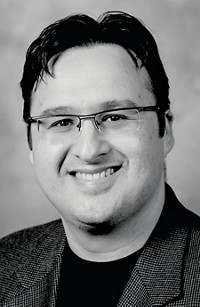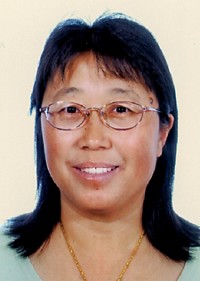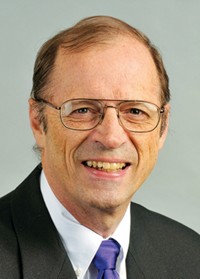Advertisement
Grab your lab coat. Let's get started
Welcome!
Welcome!
Create an account below to get 6 C&EN articles per month, receive newsletters and more - all free.
It seems this is your first time logging in online. Please enter the following information to continue.
As an ACS member you automatically get access to this site. All we need is few more details to create your reading experience.
Not you? Sign in with a different account.
Not you? Sign in with a different account.
ERROR 1
ERROR 1
ERROR 2
ERROR 2
ERROR 2
ERROR 2
ERROR 2
Password and Confirm password must match.
If you have an ACS member number, please enter it here so we can link this account to your membership. (optional)
ERROR 2
ACS values your privacy. By submitting your information, you are gaining access to C&EN and subscribing to our weekly newsletter. We use the information you provide to make your reading experience better, and we will never sell your data to third party members.
Materials
Harry Gray Award For Creative Work In Inorganic Chemistry By A Young Investigator
by Britt E. Erickson
February 23, 2015
| A version of this story appeared in
Volume 93, Issue 8
Sponsored by the Harry Gray Award Endowment
Working at the interface between inorganic, physical, and nanoscale chemistry, Emily Weiss and her group at Northwestern University are laying the groundwork for transforming colloidal nanostructures, such as semiconductor quantum dots, into functional materials. By modifying the surface of the quantum dots with organic ligands, the researchers are able to change the optical and electronic properties of the nanostructures. These hybrid structures are tunable for nearly any type of energy conversion process, including the high-efficiency conversion of solar power to electricity and chemical fuels.
Organic ligands typically diminish the unique properties of the inorganic core of quantum dots. But Weiss, 36, has shown that some classes of ligands can actually enhance the properties of nanostructures in unpredictable ways. She is being honored for her discovery of hybrid nanostructures, created by chemically modifying the surfaces of inorganic quantum dots with aromatic dithiocarbamates. The organic molecules become part of the delocalized electronic structure of the nanocrystal.
Weiss and her group can control the behavior of energy and electrons at the interfaces between inorganic (semiconductor or metal) and organic materials, explains Josef Michl, a professor of physical organic chemistry at the University of Colorado, Boulder. The researchers have developed new synthetic and analytical chemistry methods to gain as much control as possible over the interfacial chemical structure, and therefore electronic structure, he notes.
Weiss has introduced rich chemical diversity to inorganic nanostructures, says one of her former Ph.D. advisers, Mark Ratner, a chemistry professor at Northwestern. She is transforming quantum dots from interesting structures to functional materials, such as field-effect transistors and photovoltaic and photocatalytic cells, he notes.
“Many laboratories are working on these materials for applications from displays to sensors to medicine,” says James M. Mayer, a chemistry professor at Yale University familiar with Weiss’s work. Weiss has quickly become a leader in this area, he notes.
Weiss moves seamlessly from highly physical approaches and measurements to synthetic chemistry to mechanistic thinking, Mayer says. For example, she has combined detailed photophysical and photochemical studies with other techniques such as multidimensional nuclear magnetic resonance to provide new insights into the fundamental processes of interfacial electron transfer, he says.
Although Weiss is not a traditionally trained inorganic chemist, her work is at the interface between inorganic and physical chemistry. She says that winning this award, which is typically given to an inorganic chemist, is quite special to her. “It means that our work is appreciated by the inorganic chemistry community, whereas we are typically characterized as a physical chemistry group,” she says.
Weiss is committed to solving difficult, fundamental problems associated with nanoscale materials via multidisciplinary and collaborative science, Ratner says. “She is a dynamic, effective, insightful, creative, and superbly accomplished young scientist,” he says.
She is also a popular teacher. When Weiss is not in the classroom or in the lab manipulating the electronic structures of nanoparticles, she can be found playing tennis or taking a stroll through downtown Chicago.
Weiss will present her award address before the Division of Inorganic Chemistry.






Join the conversation
Contact the reporter
Submit a Letter to the Editor for publication
Engage with us on Twitter